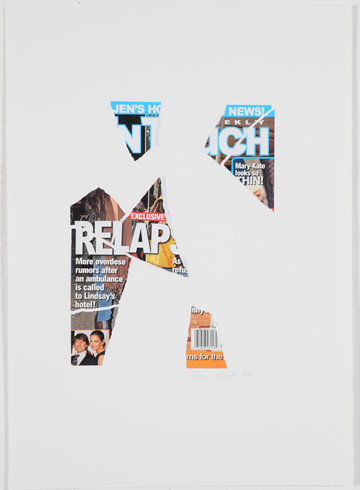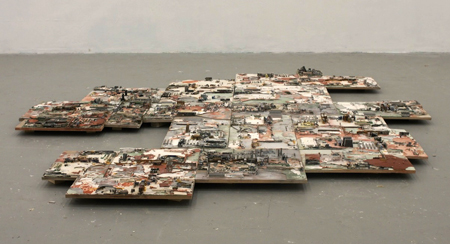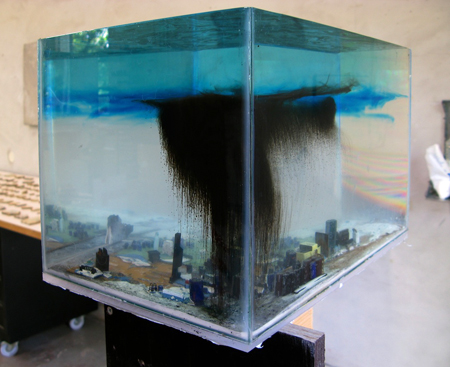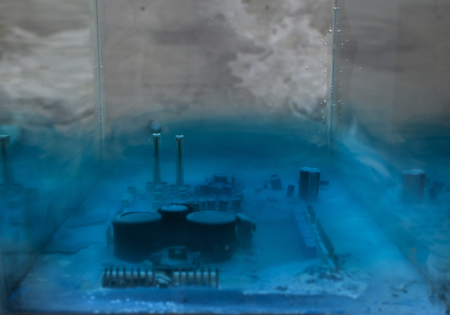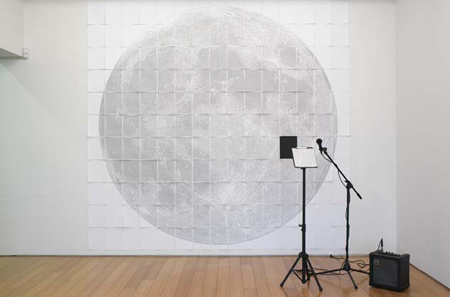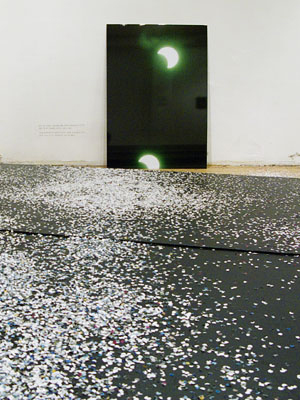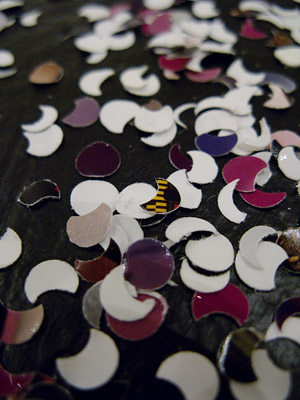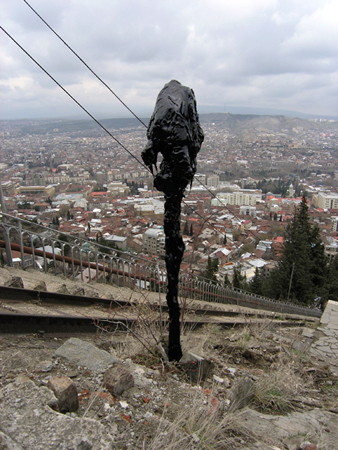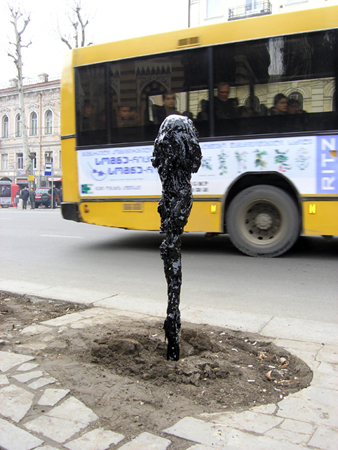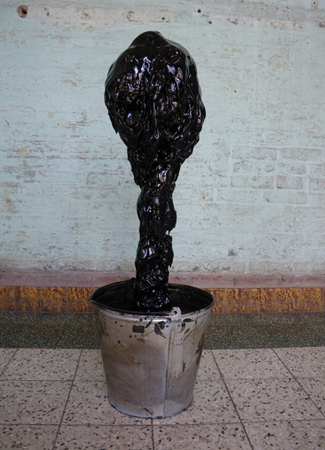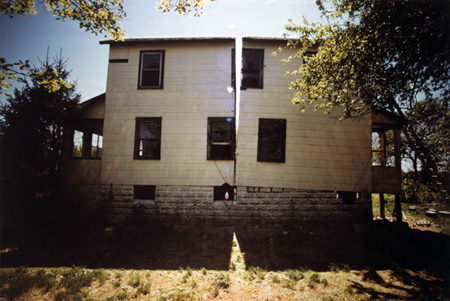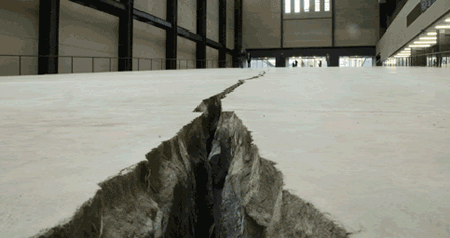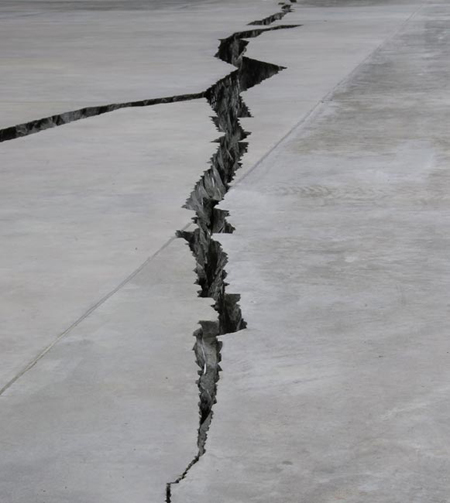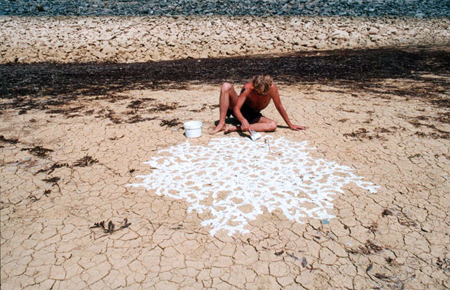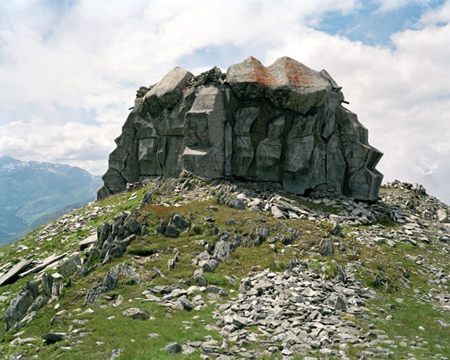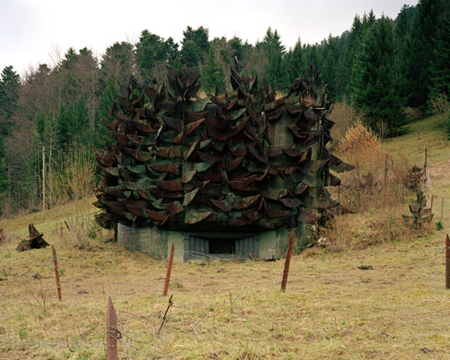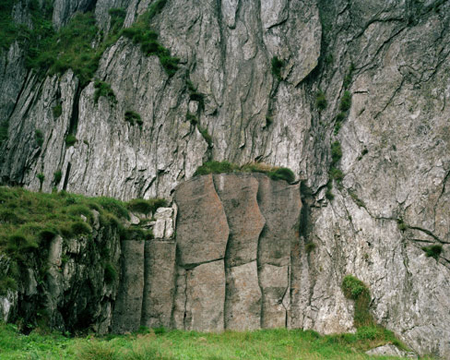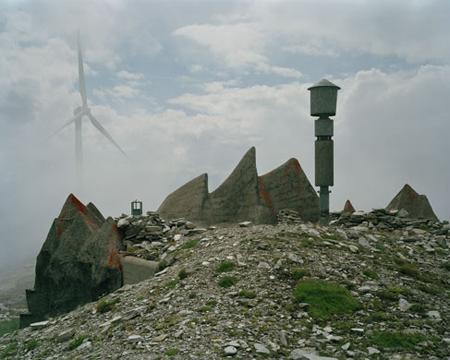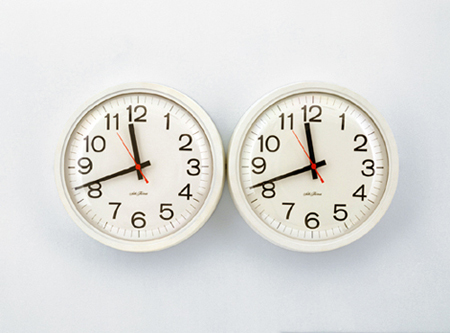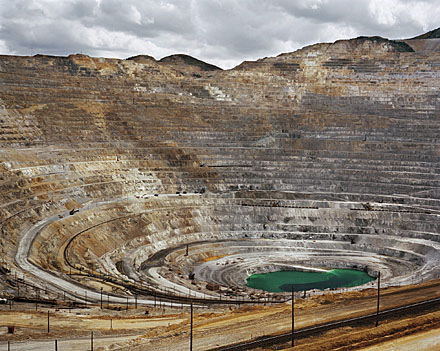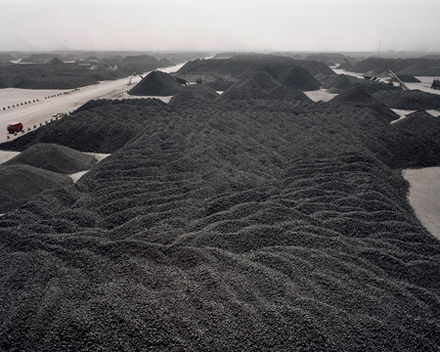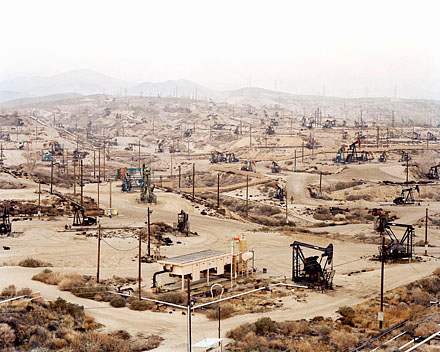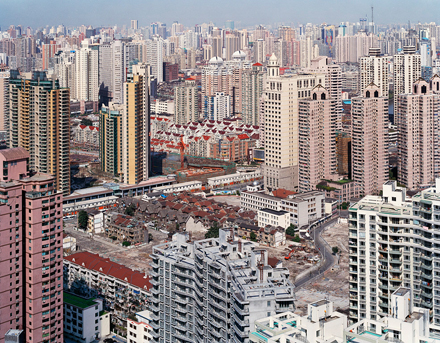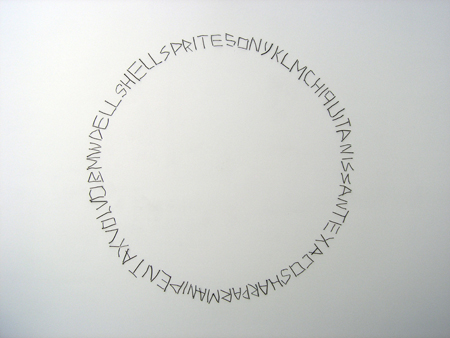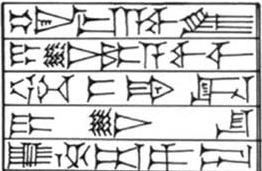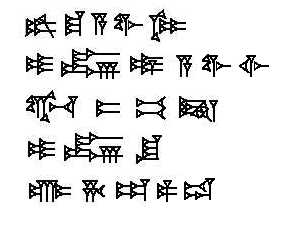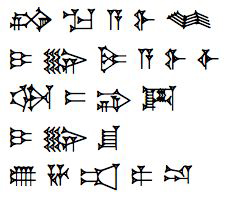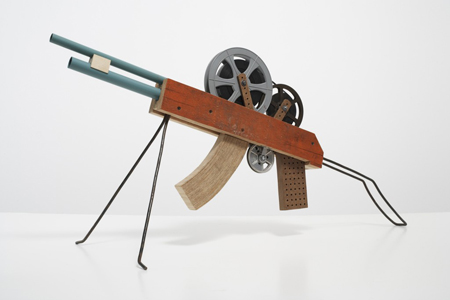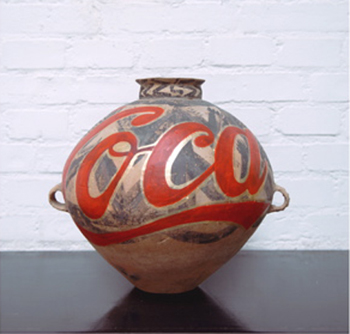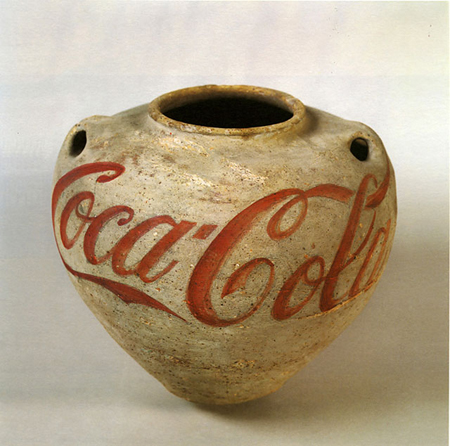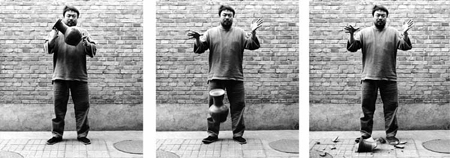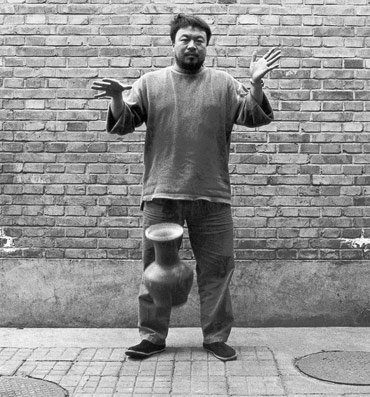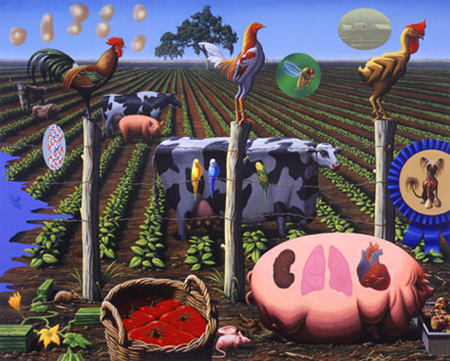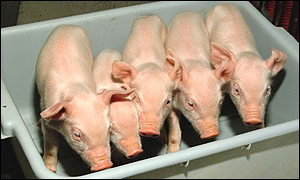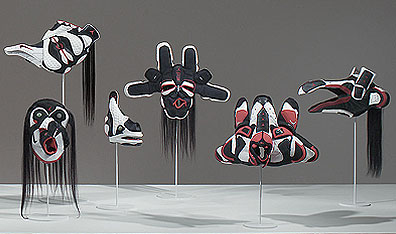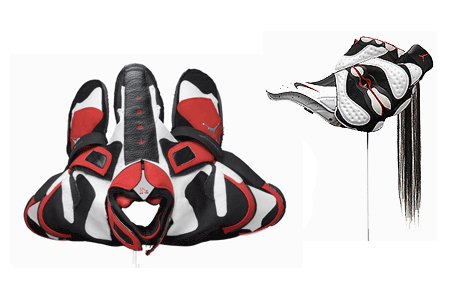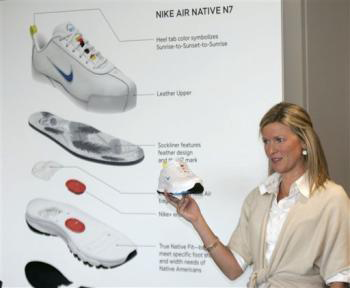Today is the Tomorrow of Yesterday
juli 15th, 2013Pierre Bismuth
Today is the Tomorrow of Yesterday-Relaps, 2008
In Today Is The Tomorrow of Yesterday celebrity magazine covers are treated as precious fragments from a long lost civilization. The artist-archaeologist reconstructs, as it were, selected documents of pop culture as if they were shards of ancient pottery. The completed collages, with their cracks and gaps and off-center placement, bear the traces of this mock restoration process.
Maarten Vanden Eynde
IKEA Vase, 2010
Ikea-Vase is an amphora-shaped vase made of reconstruction paste and incorporating the fragments of an Ikea mug. The work questions the ability of historical artefacts to truly impress on us what life in an inherently unknowable past would have been like –and in the process points out the fallacious impressions a future archaeologist might conceivably formulate on our present based on its surviving remnants. -Regina Papachlimitzou-
Ikea-Vase (an amphora-shaped vase made of reconstruction paste and incorporating the fragments of an Ikea mug) question the ability of historical artefacts to truly impress on us what life in an inherently unknowable past would have been like –and in the process point out out the fallacious impressions a future archaeologist might conceivably formulate on our present based on its surviving remnants. – See more at: http://www.aestheticamagazine.com/blog/a-fictional-institution-with-an-authoritative-voice-museum-show-part-ii-arnolfini-bristol/#sthash.z4U7k1PT.dpuf
